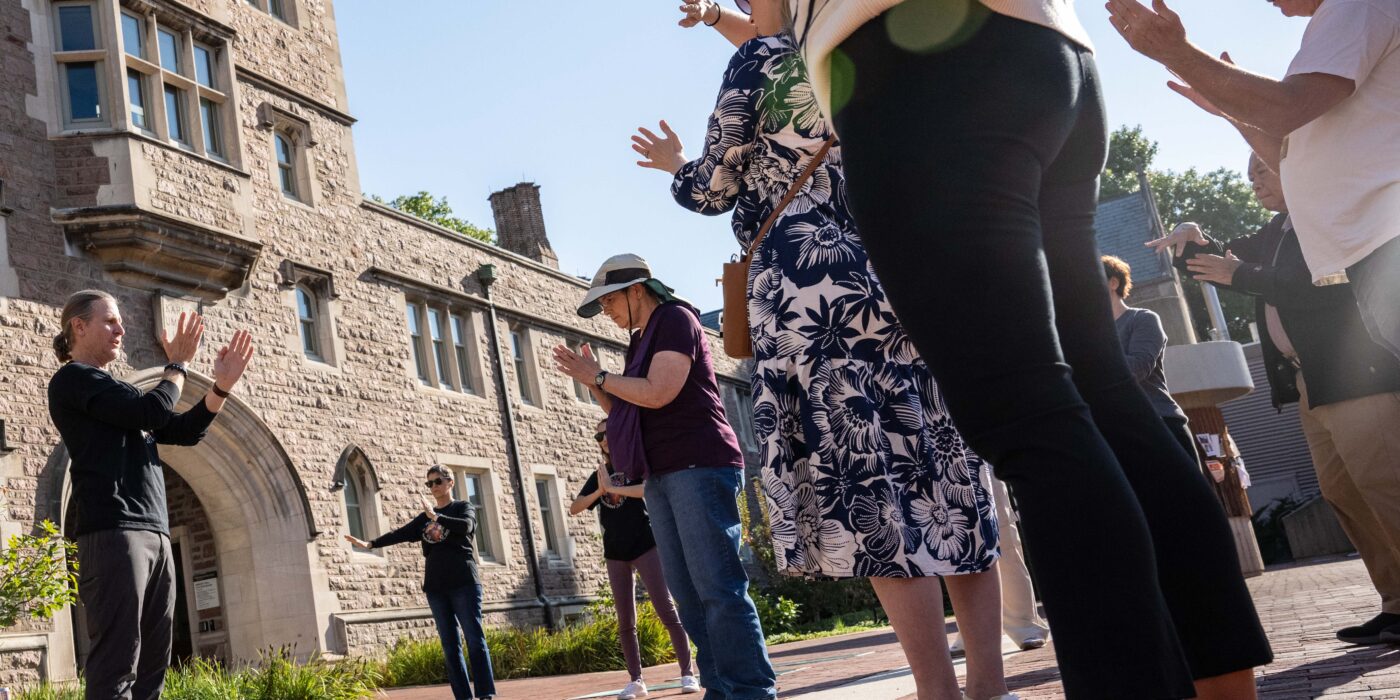Have you ever wondered how mindfulness might serve as a natural boost for cognitive health, particularly in the elderly Latinx community? It is intriguing to consider how integrating mindfulness into daily routines could offer significant health benefits and enhance overall well-being. As we explore the relationship between mindfulness practices and cognitive health in this community, it becomes apparent that mindful living is not just a trend but a beneficial lifestyle choice.
Understanding Mindfulness
Mindfulness is the practice of focusing on the present moment with awareness and acceptance. It requires engaging fully with the current experience without becoming overly reactive or overwhelmed. By cultivating mindfulness, individuals can develop greater mental clarity, emotional balance, and an enhanced ability to manage stress.
Origins and Cultural Context
Although mindfulness has its roots in Buddhist traditions, its popularity has spread globally. Different cultures have adapted mindfulness to fit their unique contexts, including the Latinx community. This adaptation often intertwines traditional practices and family values with modern mindfulness techniques, promoting resilience and adaptability among elderly individuals.
Benefits of Mindfulness
Studies have shown that mindfulness can reduce symptoms of anxiety and depression, improve focus, and enhance psychological well-being. More importantly for the elderly, mindfulness practices have been linked to improved memory, better decision-making, and a reduced risk of cognitive decline.
Cognitive Health in the Elderly Latinx Community
Cognitive health, characterized by the ability to think, learn, and remember, is crucial as people age. The Latinx elderly face unique challenges that may impact their cognitive health, including language barriers, limited access to healthcare, and socio-economic factors.
Prevalence of Cognitive Decline
Cognitive decline in the Latinx community is alarming, with many facing a higher risk compared to other demographic groups. Factors such as limited access to education, high levels of stress, and lifestyle differences contribute to this increased risk. Thus, interventions like mindfulness that are accessible and culturally inclusive are essential.
Importance of Culturally Relevant Interventions
Interventions must respect cultural values and lifestyles to be effective. Culturally relevant mindfulness programs can support cognitive health by incorporating familiar cultural practices and community support structures, making them more effective and sustainable in addressing the cognitive health needs of the Latinx elderly.

Mindfulness Techniques for Cognitive Health
There are several mindfulness techniques specifically beneficial for enhancing cognitive health in the elderly. Understanding and implementing these can transform the lives of many within the community.
Mindful Breathing
Mindful breathing is a simple yet powerful technique that can reduce stress and enhance cognitive clarity. Encouraging the elderly to set aside a few minutes each day for focused breathing exercises can help slow heart rates and improve cardiovascular health, which in turn supports brain health.
Body Scan Meditation
Body scan meditation is a mindfulness practice that involves bringing awareness to different parts of the body. This technique can help individuals develop a deeper connection with their physical presence, promoting relaxation and reducing tension, ultimately benefiting cognitive function.
Mindful Movement
Incorporating mindful movement, such as yoga or tai chi, can greatly assist in maintaining physical and cognitive health. These practices improve coordination, balance, and flexibility, while also providing a mental workout that enhances concentration and cognitive agility.
Guided Imagery
Guided imagery involves visualizing positive images and scenarios to evoke a state of relaxation and focus. This technique can be particularly beneficial for elderly individuals, helping them to harness the power of imagination for cognitive stimulation and emotional regulation.
Implementing a Mindfulness Program
Developing a consistent mindfulness program tailored to the Latinx elderly community requires sensitivity to cultural preferences and barriers. Here are some tips to effectively implement such a program.
Community Engagement
Engage community leaders and family members in mindfulness initiatives. Their involvement can lend credibility and encourage participation by creating a supportive environment.
Flexibility and Accessibility
Ensure that programs are accessible to those with varying levels of mobility and cognitive ability. Flexibility in session length and content can make it easier for individuals to participate and benefit from mindfulness practices.
Language Considerations
To overcome language barriers, mindfulness programs should be provided in both Spanish and English, accommodating those who prefer their native language. This approach ensures inclusivity and enhances program impact.
Personalization
Cater to individual preferences and needs by allowing participants to choose from a variety of mindfulness practices. Encouraging personal choice empowers participants and increases their likelihood of adopting mindfulness practices long-term.
Challenges and Considerations
Implementing mindfulness for cognitive health within the Latinx elderly community does present challenges. Acknowledging and addressing these can enhance program success and sustainability.
Cultural Perceptions
Some individuals may view mindfulness as inconsistent with their cultural values or beliefs. Addressing these perceptions with sensitivity and openness can help bridge gaps and foster acceptance.
Socio-economic Barriers
Limited resources and access to facilities can hinder participation. Providing mindfulness sessions in local community centers or churches can help reach more individuals, making mindfulness access feasible for everyone.
Resistance to Change
Elderly individuals might resist changing habits or learning new practices. Emphasizing the gradual nature of mindfulness and highlighting its benefits can motivate participation and persistence.
Measuring the Impact
Evaluating the effectiveness of mindfulness interventions is crucial to understand what works and how it can be improved.
Qualitative Assessments
Conduct interviews or surveys among participants to gather feedback on their experiences and perceived benefits. This qualitative data can highlight areas of strength and opportunities for improvement.
Cognitive Function Tests
Implement standard cognitive function tests before and after the program to quantitatively measure changes in participants’ cognitive abilities. These tests provide tangible evidence of the program’s impact.
Longitudinal Studies
Engage in long-term studies to assess the lasting effects of mindfulness practices on cognitive health over time. Longitudinal data can reveal trends and inform future interventions.
Conclusion: A Path to Better Health
Integrating mindfulness techniques into the daily lives of Latinx elderly individuals offers a powerful, culturally sensitive means of enhancing cognitive health. Through mindful living, the elderly can achieve a better quality of life, improved emotional well-being, and sustained cognitive function. By focusing on community engagement, language inclusivity, and accessibility, mindfulness can become an integral part of promoting health and wellbeing in the Latinx community.
Questions remain about how these practices can be expanded and optimized for other at-risk communities, suggesting exciting possibilities for future research and program development. As we understand more about the profound impact of mindfulness on cognitive health, we pave a compassionate path forward, offering hope and healing to those seeking ways to enrich their lives with simplicity and presence.






